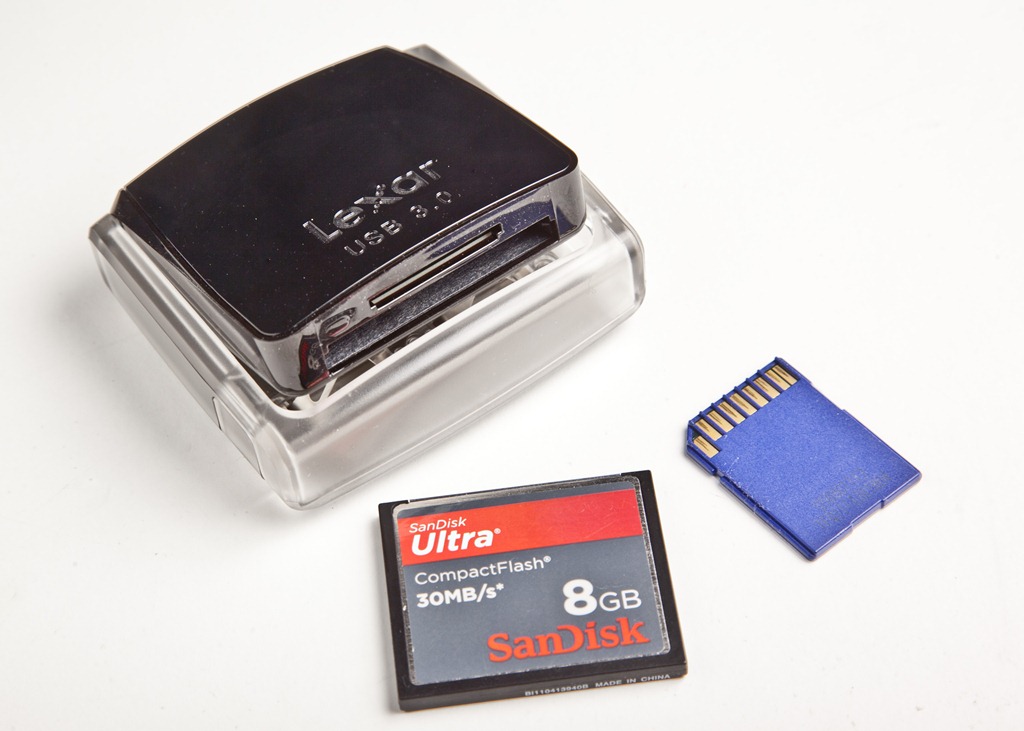
SD slots are more robust but a smudge or smear of dirt in the wrong place can cause an electrical short which can kill an SD card. The delicate pins of a Compact Flash slot are very susceptible to damage (especially bent pins) which are extremely annoying to fix. You can also consider that as faster cards come out, this reader will be able to easily handle them and can be easily considered very future proof.Īnother thing to look at when shopping for a USB card reader is slot protection. This is still significantly faster than the under 40MB/s which USB 2.0 is capable of providing. Where SD (even SD UHS-I which this card reader supports) maxes out at under 50MB/s and CF (even UDMA CF cards which this reader supports) at about 90MB/s, the difference is not as large as you would assume from an “interface speed up to 500MB/s”. Unfortunately, the difference is certainly going to be larger than a few MB/s. In the past, Lexar compact card readers were usually slightly faster than directly attaching the camera, but where both the reader and camera relied on the same USB 2.0 standard, this was not a large enough difference for all consumers to justify the added expense.īy making this device a USB 3.0 device, your CF/SD card will be the slowest link. If it is not faster than directly attaching the camera to the computer the need for such an after-market accessory is quickly diminished. It must be able to transfer your digital files as quickly as possible from the card to your system. The second criterion a card reader must excel at is performance. Memory Stick), this is not the card reader you want. If you require anything besides these two broad standards (e.g. To be precise, this card reader supports all Class 1 and 2 CF Cards (including the ultra-fast UDMA CF cards) as well as all SD formats (including SDHC, SDXC, and even the latest SD UHS-I cards).


You may not be able to use it to transfer pictures from your Sony’s proprietary Memory Stick (MS) card, but the majority of serious cameras use chiefly CF with a smattering of lower end relying on SD.īy covering these two, Lexar does cover most of the intended niche without necessitating a larger form factor. With its compact (yet admittedly thick) dimensions of 2.75″ x 2.25″ x 0.75″ (and weighing only 70g), the improved version is also easily transportable. This is one area the Lexar USB 3.0 Card Reader line has always excelled at.

For a card reader to be truly successful, it needs to be extremely compact and ultra portable.


 0 kommentar(er)
0 kommentar(er)
